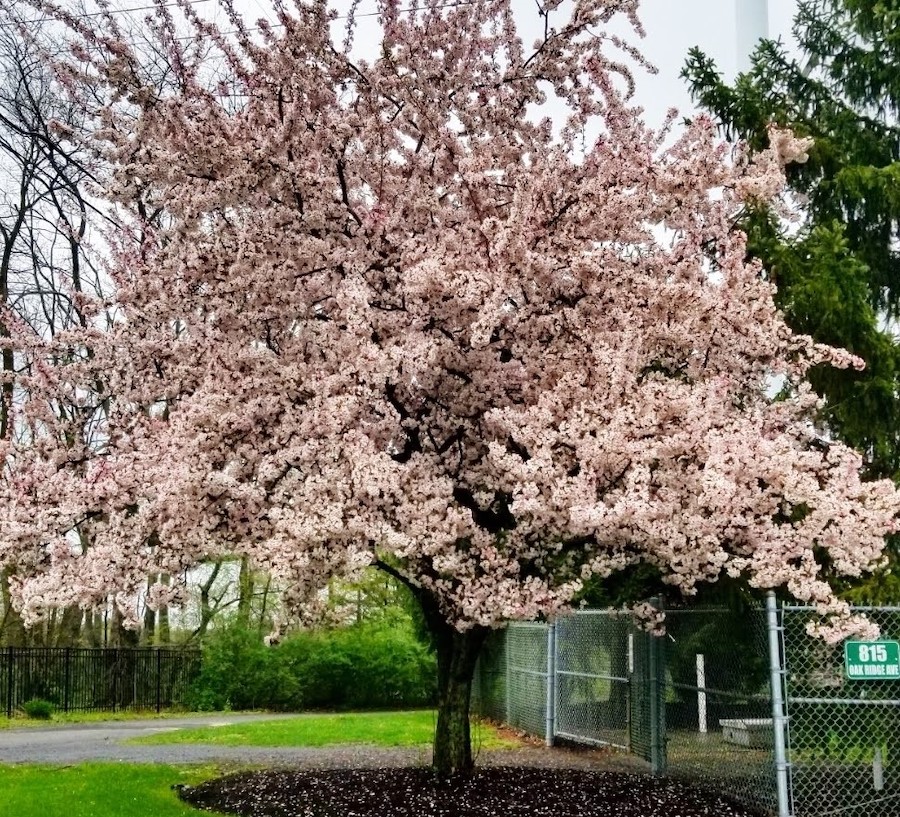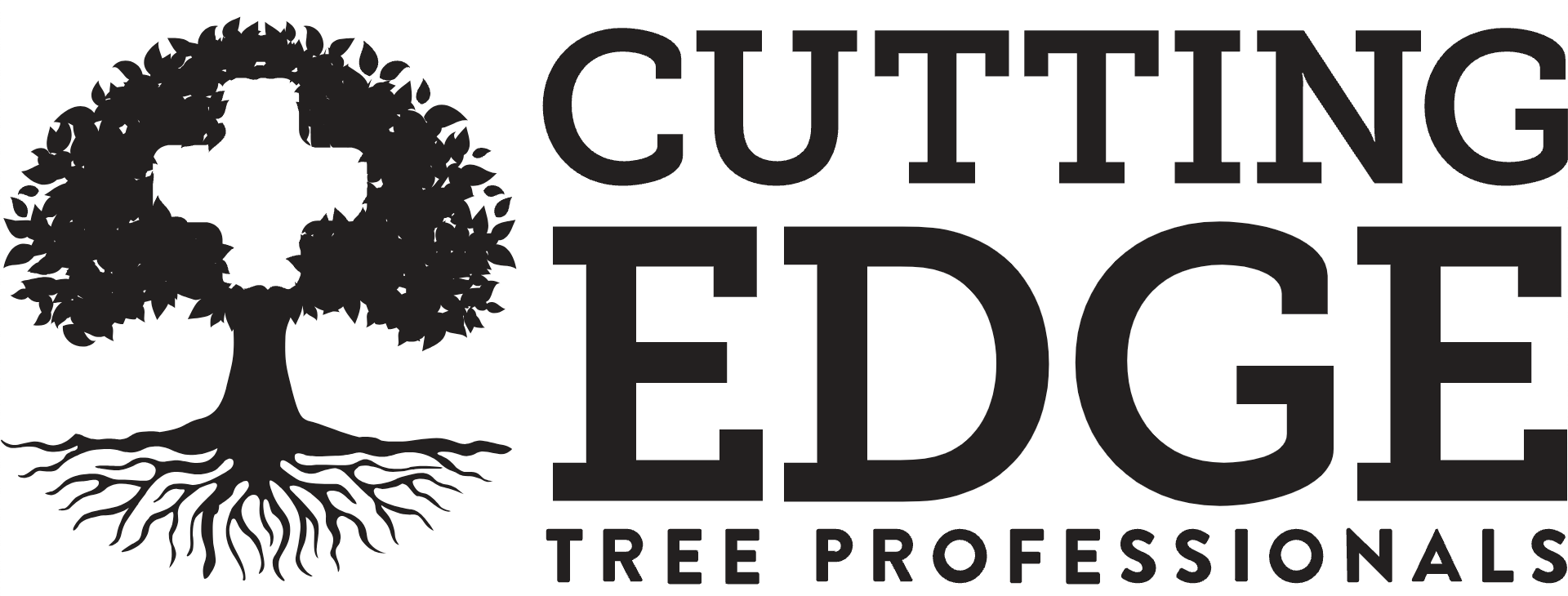Expert Tree Fertilization Services
Trees are an essential part of our environment. They provide us with clean air, shade, and contribute to the aesthetics of our surroundings. Just like any other living being, trees also require proper care and nutrition to thrive. One way to ensure their health and longevity is through fertilization.
On this page, we will discuss the importance of tree fertilization for enhancing tree health and why you should choose Cutting Edge Tree Professionals for the job.
We will also cover the comprehensive tree fertilization services offered by us, including identifying the need for fertilization and timing it correctly. Further, we will delve into the types of fertilizers used by us, including organic vs inorganic options, and how our approach to fertilizer application ensures optimal results. Lastly, we will address how over-fertilization can affect your trees negatively. Read on to learn more about expert tree fertilization services!

Understanding the Importance of Tree Fertilization
Regular tree fertilization is essential for promoting healthy root growth and overall plant health. By providing the necessary nutrients, proper fertilization enhances nutrient availability, leading to improved tree vigor. This, in turn, helps prevent nutrient deficiencies and boosts the overall health of trees. Additionally, well-fertilized trees are more resistant to disease problems and pest infestations, making them less prone to damage. Investing in tree fertilization ensures the long-term health and vitality of your trees, contributing to a beautiful and thriving landscape. At Cutting Edge Tree Professionals, we understand the significance of tree fertilization and offer comprehensive services to meet your needs.
The Role of Fertilizers in Enhancing Tree Health
Fertilizers play a vital role in enhancing the health of trees. They provide essential plant nutrients that promote tree growth and vigor. By stimulating the development of the root system, balanced fertilization supports overall tree health. Fertilizers also improve soil fertility, enhancing the uptake of nutrients by tree roots. Adequate fertilization promotes new growth, leading to improved appearances of trees. Moreover, tree fertilization helps replenish nutrient deficiencies, preventing problems associated with nutrient imbalances. In this way, fertilizers contribute significantly to enhancing the health and vitality of trees, making them more resilient to disease and pest infestations.
Why Choose Cutting Edge Tree Professionals for Fertilization?
Choose Cutting Edge Tree Professionals for fertilization because our certified arborists assess your trees’ needs, tailor programs to your landscape, and determine nutrient deficiencies through soil testing. Our services improve tree health, growth, and longevity using organic materials that are safe for your trees and the environment.
Comprehensive Tree Fertilization Services Offered
Our team of experts offers a comprehensive tree fertilization service to ensure the health and vitality of your trees. We begin with a thorough consultation to assess your trees’ specific fertilization needs. Our program includes soil testing and nutrient analysis, allowing us to tailor fertilizer recommendations to your trees’ requirements. For efficient nutrient absorption, we provide liquid tree fertilizer applications. To target root zones, we use fertilizer spikes for localized fertilization. Whether you have shade trees or evergreens, our tree fertilization service covers a wide range of tree species. Trust us for professional and knowledgeable tree fertilization services.
Identifying the Need for Fertilization
Our certified arborists conduct thorough tree health evaluations to identify nutrient deficiencies. By visually inspecting foliage, twig growth, and branch spread, we can accurately determine the fertilization needs of your trees. Soil testing is another valuable tool that provides information on soil nutrient levels, guiding our fertilizer application process. We also assess tree vigor, growth patterns, and potential nutrient deficiency symptoms to determine if fertilization is necessary. By consulting with our tree care experts, you can identify specific trees that can benefit greatly from our professional fertilization services.
Timing: When is the Best Time to Fertilize Trees?
To ensure optimal tree health, it’s important to fertilize at the right time. Early spring, before new growth, is ideal. Fertilizing during the growing season enhances nutrient absorption. Fall fertilization promotes root growth for winter dormancy. Our certified arborists consider soil temperature, tree species, and growing conditions to determine the best time for fertilization based on your trees’ needs.
Types of Fertilizers Used by Cutting Edge Tree Professionals
Cutting Edge Tree Professionals utilize a variety of fertilizers to ensure optimal tree health. Our approach emphasizes the use of organic matter, compost, and organic tree fertilizers, which promote soil health and microbial activity. In addition, we supplement nutrient deficiencies with inorganic fertilizers like nitrogen, phosphorus, and potassium. To provide long-term nutrient availability and reduce excessive growth, we employ slow-release fertilizers. Our comprehensive tree fertilization service includes liquid fertilizers, spikes, and granular fertilizers, tailored to meet the specific needs of each tree. We select fertilizers based on soil test results, tree species, and nutrient requirements, ensuring that your trees receive the best care possible.
Organic vs. Inorganic Fertilizers: Which is better?
When it comes to fertilizers, the choice between organic and inorganic options depends on your specific needs. Organic fertilizers improve long-term plant health and soil quality, while inorganic fertilizers offer quick nutrient availability. We consider your tree care goals and environmental impact to determine the best fertilizer option.
Our Approach to Fertilizer Application
Our approach to fertilizer application is designed to promote the health and growth of trees. We apply fertilizers evenly, ensuring that nutrients are distributed throughout the root zone. This method minimizes root damage while maximizing nutrient absorption. Our certified arborists calculate the precise amount of fertilizer needed based on tree diameter, square footage, and nutrient requirements. By timing the application properly, we ensure that trees receive the nutrients they need at the most beneficial planting time. Our approach follows industry best practices and complies with standards for tree fertilization. With our expertise in lawn care and tree trunk nutrition, we provide comprehensive and professional services for homeowners.
How does Over-fertilization Affect Your Trees?
Over-fertilization can have detrimental effects on trees. It can lead to excessive growth, weaken the tree structure, and increase the risk of diseases. Imbalanced nutrient levels caused by over-fertilization can result in nutrient deficiencies or toxicities. Excessive nitrogen fertilizer can also harm the environment through nutrient runoff. Additionally, over-fertilization may disrupt soil microbial activity, affecting nutrient cycling and overall tree health. Our tree fertilization service ensures optimal nutrient levels to avoid these negative impacts.
Our experts understand the needs of your trees and the best fertilization strategy
Proper tree fertilization is crucial for maintaining the health and longevity of your trees.
With our expert tree fertilization service, you can ensure that your trees receive the nutrients they need to thrive.
Our team of professionals understands the importance of fertilizers in enhancing tree health and we offer comprehensive fertilization services tailored to the specific needs of your trees.
We use a variety of fertilizers, including organic and inorganic options, depending on your preferences and the needs of your trees.
Our approach to fertilizer application is carefully designed to provide optimal results without the risk of over-fertilization, which can be detrimental to the health of your trees.
If you’re looking for a reliable and knowledgeable tree fertilization service, look no further than Cutting Edge Tree Professionals.
Contact us today to schedule a free estimate and learn more about how our services can benefit your trees.
